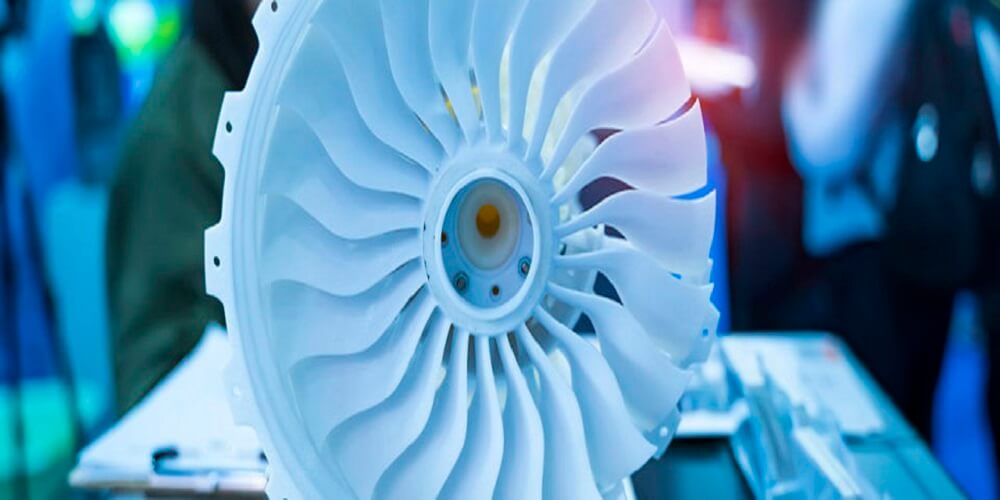In research and through work experience, you may have come across many types of prototypes. You may also have come across the term – plastic prototype and its applications.
It is important to understand each type of prototype and its application before going intoprototyping in the manufacturing industry.
With the help of proper research, you should be able to find answers to questions such as – what does a good prototype look like? Does a prototype need to work properly?
A prototype is a simple simulation of the product. It is just a working model to help manufacturers create a final product and any needed variations.
Why Do Manufacturers Make Prototypes?
The main purpose of creating prototypes is for manufacturers and designers to validate the idea. Make sure that the idea will work and it is functional.
Validating the idea is an essential step for converting the idea to a product. The prototype often represents a working model or non-working model.
The prototype could be small or big, it could be a photo or video demonstration identifying problems that need to be solved or how to meet up the requirements for the consumers of the product.
The photo or video demonstration could also be dependent on the requirements of the industry and the variation that satisfies the purpose.
Types of Prototypes
There are many types of prototypes. Here are a few of them.
A Rapid Prototype
This is a technique used for creating an initial model of a product design quickly. It used a three-dimensional computer-aided design to make the initial product model.
Rapid prototyping is usually used when the production of the product model is needed within a short period. It is fast and efficient.
Storyboard Prototypes
This type of prototype uses a story to describe a product. The storyboard is also used to present information in form of sequences. Revealing what order the information should be presented.
Simulation Prototypes
With simulation prototypes, a physical model of the product is created digitally. This physical model is used to test its performance in the real world and understand how it will do the market.
A Feasibility Prototype
Here, the purpose of creating the prototype is to determine the feasibility of a product. With feasibility prototypes, solutions are found, technical risks are resolved.
The feasibility prototype is directly linked to developing the performance of a product and making the components of the product compatible.
Mock-Up Prototypes
A mock-up prototype is unfinished. It is a prototype that is meant for just visuals. It has no functionality and is made for just viewing the product.
Vertical Prototypes
The vertical prototype is a back-end database. It is used for improving the database of the design, testing functional components, and showing the working model even when not finished.
Horizontal Prototypes
A Horizontal prototype refers to the user interphase. Using screenshots, this interphase shows the outer layer only. It is used for clarifying all the requirements of the product design.
Film Prototypes
Thus the type of prototype refers to using a video to showcase the product idea in a visual or graphic form. It is popular and effective.
Conclusion
Your choice of a prototype will depend on the job and design you are working on. Ake sure to pick what works best for you and your design functionality.


